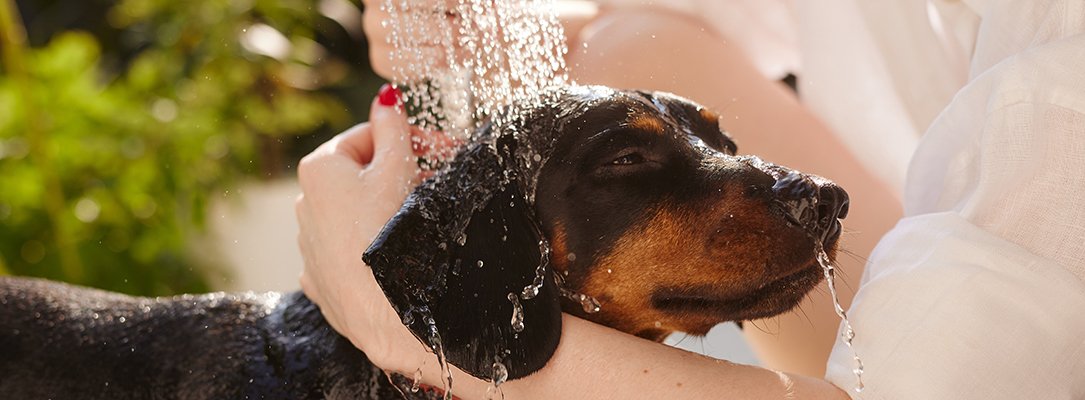
If your dog suffers from allergies, you will know how frustrating it can be to keep their skin healthy and itch-free. While medication and other treatments are important, one of the most effective — and often overlooked — tools for managing allergic skin disease is regular, targeted bathing.
The right shampoo, used in the right way, can:
Here’s how to turn bath time into one of your dog’s most powerful skin-care treatments.
Allergic skin is naturally more fragile. The skin barrier is weaker, making it easier for bacteria, yeast, and allergens like pollen or dust mites to cause problems. If infection takes hold, it fuels the itch–scratch cycle, making your dog even more uncomfortable.
Bathing helps by:
For many allergic dogs, the right shampoo routine can reduce the need for medication and help keep flare-ups at bay.
Not all shampoos are created equal — and the wrong one can make your dog’s skin worse. Avoid:
For allergic dogs, your shampoo choice depends on the skin’s current condition:
Add in the option of conditioners and sprays, along with the fact that frequency of use varies by product and coat condition, and the simple act of shampooing your dog can become very confusing.
This is where your vet team can help, evaluating your dog’s skin and recommending the most appropriate products and grooming schedule.
💡 Tip: Use a Liki Mat, Kong, or other food toy during bath time to make the experience positive and stress-free.
Bathing is most effective when paired with other allergen-control measures:
For dogs with allergies, the bath isn’t just about getting clean — it’s an essential part of their treatment. With the right shampoo, proper technique, and a consistent routine, you can help soothe your dog’s skin, reduce flare-ups, and keep them more comfortable year-round.
Bath time can go from a dreaded chore to a positive, bonding ritual — and one of the best ways to give your dog lasting relief from the itch.